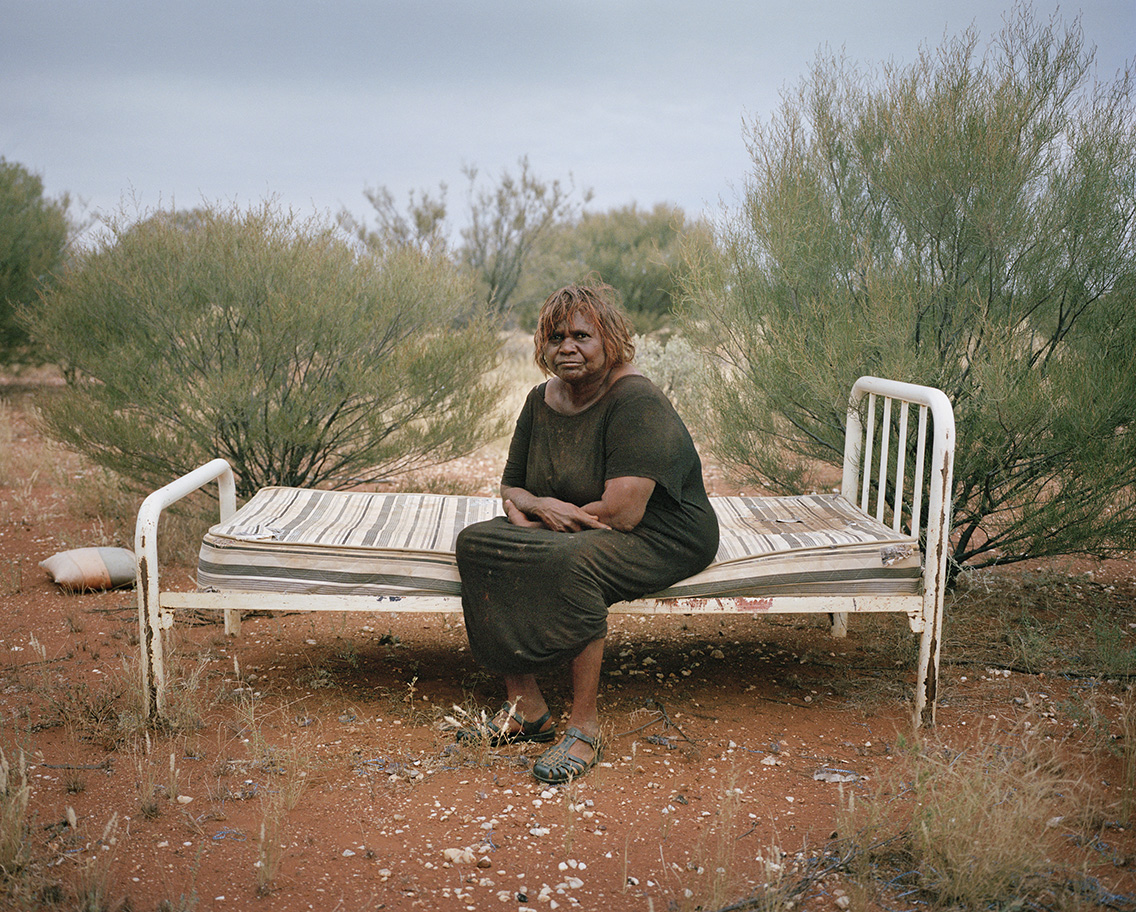Presentation
AUSTRALIA • BORN IN 1978
BIG SKY
In 1979, photographer Richard Avedon started to spend his summers roaming the American West, taking portraits of the people who lived there. This work was exhibited in 1985 and helped to debunk the myths of the American Wild West, forged by post-Civil War literature, music and film, which romanticised a dangerous world populated by “savages”.
Australian photographer Adam Ferguson, who returned to his native country after covering conflicts (in Afghanistan, among other places), wanted to emulate exactly this approach in his Big Sky series. The title evokes the very particular ambience in the vast, sparsely populated Australian territory: “There’s kind of an eerie quietness to it,” he warns. “And the expanse of sky becomes incredibly loud and poignant.” His aim was to explore the complex interplay between Australia’s colonial history and the current climate crisis, globalisation and contemporary daily life in the country’s rural expanses.
“As Australians, integral to our national psyche is this notion of the bush and the farmer and the outback,” says Adam Ferguson. “And that’s been pretty pivotal in developing, at least, an Anglo national identity.” But in his view, this national narrative is far removed from reality. In particular, he mentions farming methods inherited from the English model, which do not fit the Australian ecosystem.
Of the view that no one had really photographed the interior of Australia in the way that Avedon had captured the American west, Ferguson set out to follow his predecessor’s lead and portray his homeland in a new light. And to recognise that these territories still belong to the Aboriginal and Torres Strait Islander peoples – the two indigenous groups of Australia. A form of respect: “We recognise that the sovereignty of this land has never been ceded and we pay tribute to the elders, past and present. It was, and always will be, Aboriginal land.”
JARDIN DES MARAIS

© Adam Ferguson • Exhibition Big Sky

